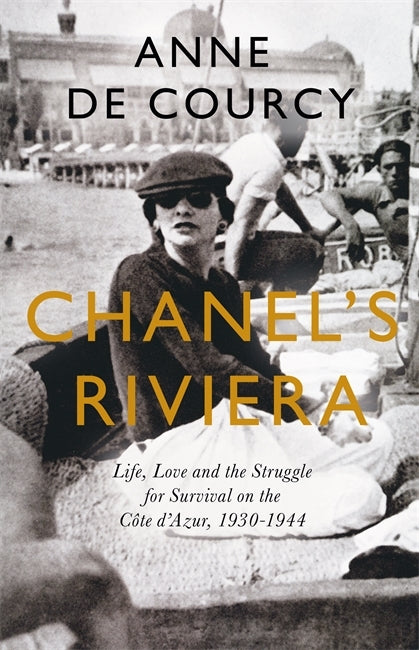
Chanel’s Riviera by Anne de Courcy
“A sunny place for shady people” was how W. Somerset Maugham characterised the Côte d’Azur. In this “fascinating” and “well-researched” book, biographer Anne de Courcy charts the region’s history between 1930 and 1944, detailing its fashionable 1930s heyday and the turmoil that engulfed it in the Second World War, said Selina Hastings in the Literary Review. Central to her narrative is Coco Chanel, who hosted many of the era’s eminent figures (among them Jean Cocteau, Pablo Picasso and Salvador Dalí) along with other Riviera regulars (including the Duke of Windsor and Wallis Simpson) at her “large and beautiful” villa near Monte Carlo. The jet set displayed remarkable indifference to events in the wider world, carrying on with their “balls and open-air concerts” even in 1939. But when, the following year, the Germans marched into Paris, millions fled to the “comparative safety of the south” as conditions in the capital “dramatically deteriorated”. The rich and famous abruptly fled the Riviera.
At this point, the tenor of de Courcy’s book changes, said Duncan Fallowell in The Spectator. From charting the bed-hopping antics of the glitterati, she switches to “Jewish round-ups, mass shootings, hunger, collaboration and Resistance”. Some of the testimonies she uncovers are genuinely moving, but “there is too much general history and too little that is Riviera specific”. She also goes too easy on Chanel, who collaborated with the Nazis and took a German as her “chief lover”, said Craig Brown in The Mail on Sunday. De Courcy lets Chanel off the hook for such behaviour by claiming it reflected a nature “full of contradictions”. While previous biographers have rightly condemned Chanel for cosying up to the Nazis, de Courcy seems determined to “sit on the fence”.
